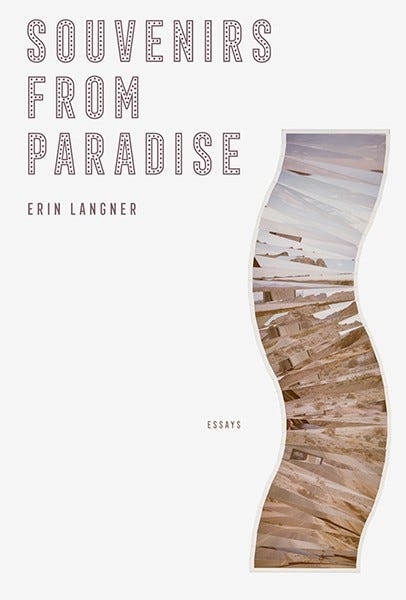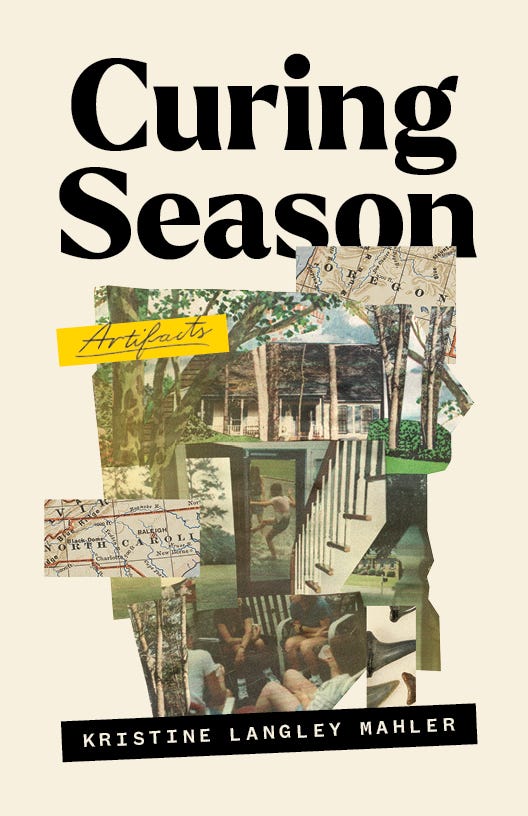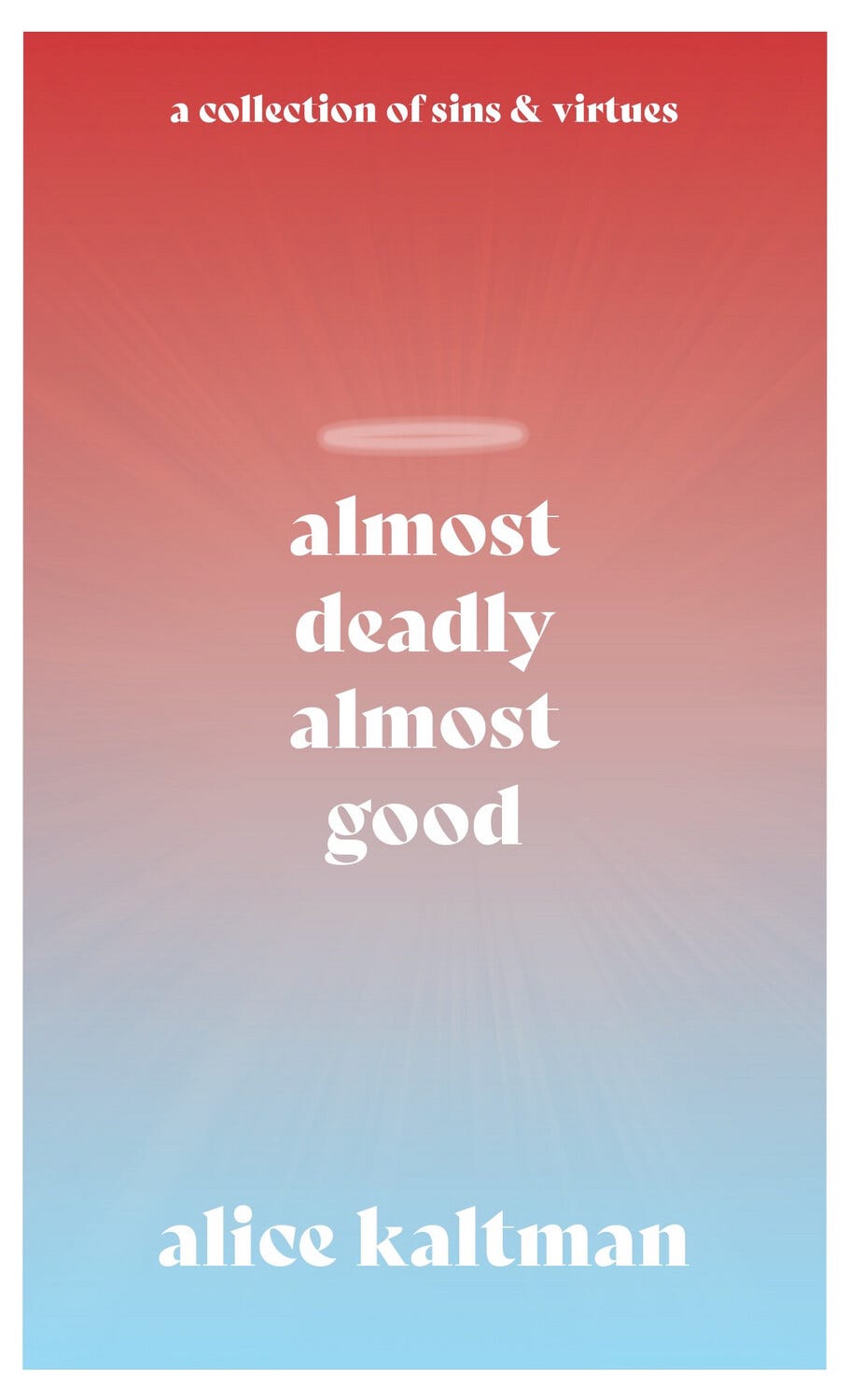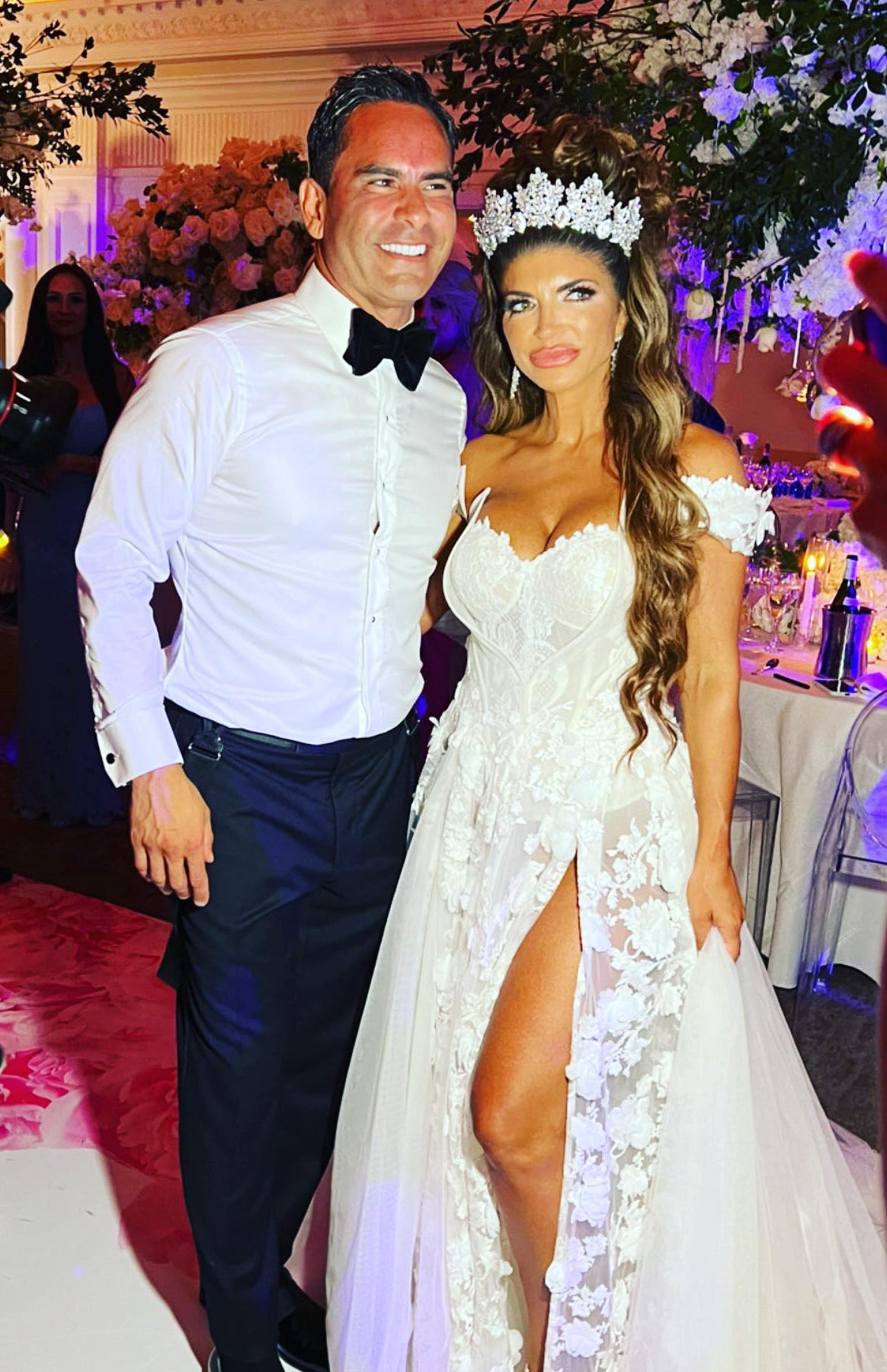well, are you selling them?
I love being told something is impossible. In the way of Alice, I eat that bull before breakfast. Everything is sellable. People want these to come back in stock. What we’re not going to do in this newsletter is conflate, “we published this” meaning “we printed it on paper and made it available for people to buy at a link” with selling. That is not selling. That is making available. That is a contractual obligation. That is (let's be honest if you’re using print-on-demand) dropshipping. That is not selling a book.
Here’s what I know to be true about pitching (debut!) collections—essays, stories, and poetry—if you don’t know where it lives, and therefore don’t know its communities, it will not sell. Reaching an expected community, the author’s community, will help you broaden that reach later, publicity is both a long and short game. If you treat a collection like an extended literary magazine, it will not sell. If your collection has no hook, it will not sell. If you don’t reach out to people about the book, it will not magically reach its audience.
Collections are a greater ask on an editor and reader because where a novel has one entrance and exit, collections have several. Collections are a Sarah Winchester house (I am so happy I get to link to this Joni Tevis essay here which is one of my favorite openings I’ve ever read). With a story collection, while you’re asking someone to spend less time in a certain world, or the stories can be read in one sitting, you’re also asking for more emotional investment at the same time. You’re asking readers to connect with more characters, to buy into more places, to get to an emotion quicker and leave it quicker too. I would argue story and poetry collections ask for more trust and buy-in. And essay collections ask that you invest in equal measure (sometimes more) in thought & emotional tenor.
While this isn’t always true for essay collections because they’re often more topically concrete, they are usually asking readers for the burden of thought. (oh no!) As in, essay collections are not an escape, they are not entertainment either, so you’re knocking off two reasons lots of readers read. Essay collections seek readers who want to think, who read for exploration, meditation, reflection, object permanence, history, intellect, musing—it’s a far different reading experience than most anything else we ask of readers. Essay collections also tend to take longer to read because they’re a study, not a immersion.
Think about it like you’re choosing a restaurant, (sorry novelists), a novel is fast-food. A memoir is a home-cooked meal. An essay collection is fine-dining (I hate that this description makes them feel less accessible, because this is an argument of big publishing that I disagree with, but for the sake of the metaphor I’ll go with it). A story collection is tapas, or a trip to the State Fair where you eat way too much and everything is “the main meal” (not to be confused with appetizers or sides, story collections are not short because they want to be a novel, they are short with purpose). A poetry collection is your after dinner mint, or coffee, or drinks, a delicate dessert or maybe even a lava cake, perhaps a palette cleanser throughout.
Anyway, I digress. So, let’s digress more. I love a tangent.
I love Tim Gunn, and therefore I watch Making the Cut on Amazon Prime. That man’s dressing down is a turtleneck and ironed soft khakis. Couldn’t be me. My mother-in-law said yesterday “you even put makeup on!” for a meeting I had. But on Making the Cut, Jeremy Scott (head designer, and kind of an asshole, of Moschino) always says that collections, even a capsule collection, must have cohesion. He says the word “cohesive” every. single. episode. I found this write-up in Vogue about his Fall 2022 collection interesting from a publishing perspective because in order to introduce the slideshow images of the collection—the writer used a historical (timely) event (“the unprovoked invasion of Ukraine”) to introduce what Jeremy Scott was trying to do and how he aligned or didn’t with other designers that season. Something a good publicist is trying to do: create an event around a book, notice and insert a writer into a trend, understand the cyclical nature of history and news, plant stories, follow a current, and link to buzz.
This example of COHESION is true for a story collection as well. And it has to be more than “Author A wrote this story collection so the stories resonate together.” Okay, but how? How do they harmonize? These questions don’t matter so much about structure of stories or essays (unless how they harmonize is through being experimental in structure, using diagrams, being a collection of hermit crab somethings, all written like a bike spoke, you get the idea … ), but what matters is the MATTER. What’s the unifying factor. (I will say if you want to publish a collection with big four, you need to have cohesion in structure—they’re unlikely to publish any collection with flash & novella & a list & a script).
I’ve been working on some incredible books on the agenting side and the publicity side. Here’s some language from each.
Here’s a part of what I sent to editors when I pitched Erin Slaughter’s story collection, A Manual For How To Love Us (forthcoming March 2023 from Harper Perennial):
If A Manual for How to Love Us got an HBO special it would be filmed in all bisexual lighting. Reminiscent of Alissa Nutting’s Unclean Jobs for Women and Girls and Samantha Hunt’s The Dark Dark, Slaughter proves when a poet takes on prose (yes, she’s already two collections deep), what results is a mastery of subtle brutality amidst the fantastic. Here you’ll find Florida women forced to turn inward to that small basal ganglia, or what pop science calls their “lizard brain” to gain control of their lives. Set mostly in America’s armpit, these are women living on the edge. Fight, fly, feed, freeze, fornicate—you name it, they’ll raise you one. In this weird and unpredictable collection Erin Slaughter dissects the Florida woman trope by queering the domestic, and honoring the feral in every body.
The harmony I was going for is queer & animalistic women, grieving. It’s also the perfect road trip book, so place is important (though it’s more Gulf Coast and drive-by Southern towns than Florida—we were in Florida Man times when I was pitching). But I was hoping some of the words and lines felt like a little electric shock.
Here’s part of my pitch for Erin Langner’s essay collection, Souvenirs from Paradise (Zone 3 Press, October 3, 2022).
Souvenirs from Paradise deals with secrets and nods to writers of the American West, but it's also a book of aesthetics, the length of meaning between semi-permanent and forever, and what's blurry between entertainment and reality.
As the particular brand of Vegas excess and perpetual youth rubs up against the devastation of the last few years, Langner circles mortality by revealing how escape through art, architecture, pop culture, and Vegas all maintain their gloss. This is a book of hope equivalent to finding a keychain with your name on it at a rest stop convenience store.
The harmony I am going for is this collection uses nostalgia of a shared place most of us at least know of, to look at the mortality in her own life and which currently frames all our lives.
We can’t publicize every story or essay in the collection, so instead we choose three(ish) standout stories to highlight that *represent* the larger collection. This is why essay collections are often sold on proposal—the idea & the aboutness matters to the publicity of the book (plus, the platform for essayists, but I’m ignoring this part for now).
In a meeting last week, I heard an editor say that they didn’t want to use a specific story in a collection as an excerpted publicity piece because it’s the most speculative of the collection and so doesn’t quite represent the whole. What they’re really saying is: will readers who aren’t into speculative stories read this story and then disregard the whole collection because its beyond their boundaries?
So, we choose three pieces that show some sort of movement within the larger whole. Or we choose three pieces that speak to three audiences for the collection but could be rubbed together and leave a similar residue. Or we choose three pieces that speak to the largest theme (often the theme that coincides with what the title is telling readers).
Rather than describing pieces or using a sentence-synopsis, sometimes I use pitch space to talk about specific emotional moments within a collection.
Sometimes I try to connect to our current time and place (again that big question of all publicity: why this book & why now?)
Here’s one of my pitches for Kristine Langley Mahler’s essay collection, Curing Season: Artifacts (WVU Press, October 1, 2022).
Curing Season is a personal story of trying to belong during childhood and the grief of losing a best friend, combined with the history of a place (in this case Eastern NC), and the longing for elsewhere. As an adult, Kristine is still baffled by her desire to be accepted into the cultural community of Eastern North Carolina when it feels both at odds and parallel to her pioneer-like upbringing in Oregon, and her current life in the middle American plains. All three have long histories, all three are rural, but each means living within different levels of exclusivity. There are so many books about assimilation, but Curing Season feels especially apt as we dissect what it means to have "settled traditions" and "settled beliefs," particularly in our current news cycle. Langley Mahler untangles, beside her own close friendships, what might seem unsettling within small towns that still act and feel settled, steeped in tradition.
Notice that I didn’t talk about Kristine’s expert use of essay forms in this pitch. I wasn’t pitching writer-readers here, so the way she played with structure wasn’t important. But Holly M. Wendt wrote an incredible review of the collection’s forms in Ploughshares Blog.
Sometimes I go for vibes. (What’s the academic/writerly/fancy word for vibes, someone help me out in the comments).
I’m going to be honest, I’ve pitched Alice Kaltman’s collection in several different ways the last few months. I felt like I couldn’t get right how hilarious and surprising this book is. At first I was pitching: if Diane Keaton (and all her characters) became a book, it would be Almost Deadly, Almost Good. Then, I was focused on how it’s a linked story collection and it’s built with a similar ladder format to David Mitchell’s Cloud Atlas—I love the game of clue that is a linked story collection. Zoe said it was the book equivalent to Queen’s “Don’t Stop Me Now” so I used that for a while. I used the phrase “whiplash humor” a few times (and then hated myself). I used Alice’s background as a psychotherapist to prove her prowess for characterization. What I’m saying is that Alice Kaltman is the definition of fun storytelling, and although the book has the (loose!) hook of the seven deadly sins and seven heavenly virtues, the idea of that seemed to steer people to a religious/spiritual/philosophical state of mind, which is … not what I wanted.
The pitch that really landed was Real Housewives:
I'm reaching out about writer and psychotherapist, Alice Kaltman, who has a new book forthcoming that is the literary equivalent of a Real Housewives of New Jersey finale.
Kaltman’s newest collection, Almost Deadly, Almost Good (Word West Press, November 22, 2022) is a linked story collection for fans of reality tv, bad mothers, bad boys & baddies, and messy, meaty, mirror-selfie characters. With a combination of Christine Schutt and Bud Smith, you’ll find yourself in Kaltman territory—a wicked escape, all without commercials!
And sometimes, like here, what you see for Alice’s pitch is my whole pitch (+ what line about man camps and Teresa’s boyfriend, now husband). People are tired, an email full of blurbs isn’t going to get read. What do you want and why do you want it, get to the point.
I do find that the opposite is true for poetry collections though, you can be all breathy and breadthy with a poetry collection pitch. Poets, and poetry reviewers, want all your little words of why, and they want them to feel similarly atmospheric of the collection. They’re my favorite because I get to be lush.
Something I love/hate about pitching poetry collections is that there’s this strange belief about poetry that you need a special badge to read and review it. A local NPR book critic told me (this week) that the poetry collection I pitched sounded so interesting, but they “aren’t qualified to review poetry.” I would love to see the qualifications on that list.
There’s this idea that poetry is insular, poets review poetry, poets read poetry, but no one outside of the community does so, or at least no non-writers are reading poetry. Bleh! One of my big goals at Pine State is to broaden the reach of poets and poetry, (and other “unsellable” books), and try to crack the “mainstream” code. I’ll keep y’all updated.













Thanks so much for the shout-out! I really appreciate seeing how you've pitched this range of books, too!
I will have to read, "Almost Deadly, Almost Good. I love Diane Keaton movies. This book is for me. Thanks!